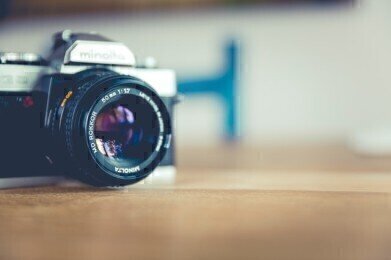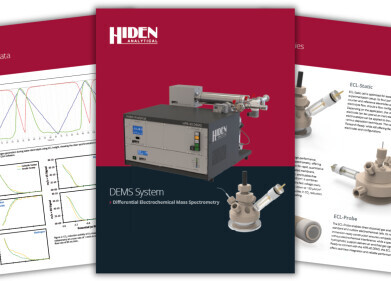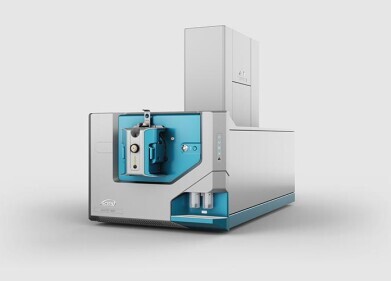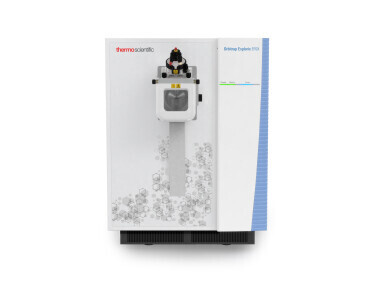Mass spectrometry & spectroscopy
How to Take a Picture of Something You Can't See
Mar 07 2019
By now, most of us are familiar with the idea of nanotechnology – working with matter at a molecular scale. To do so requires the right technology to see such miniature matter. However, what about working with things that you can’t see at all?
That’s exactly what a new computer programme created by Charles Saunders, John Murray-Bruce and Vivek Goyal aims to do. Their study has produced a method of rendering a rough-full-colour reconstruction of a hidden scene using a single snapshot taken with an ordinary digital camera.
In this post, we will take a closer look at how they managed to do this and the potential benefits of this new programme.
How does it work?
First things first, how did this team manage to create something seemingly impossible and produce images of items that are out of view? In short, electrical engineer Vivek Goyal and his colleagues at Boston University utilised the pattern of light, reflections and shadows.
The system works by analysing the shadows created by objects that are obscuring the image to discern the image displayed on an LCD screen in the same room.
Imagine you’re in a dark room and there are two white circles on a black screen, for instance. Looking at the reflection of these two circles on the opposite wall, you may not initially be able to tell whether the smudge is created from one or multiple white spots. Place an opaque object between the screen and the opposite wall, however, and you will easily be able to tell that the screen shows two distinct sources of light.
The programme works in a similar way. It analyses the light pattern in a photo of the wall opposite an LCD screen displaying an image. It can then roughly reconstruct the picture displayed on the screen. To test the system, Goyal and his team displayed images, such as cartoon faces and letters, on an LCD monitor facing a blank wall. Then, in between the wall and the monitor, the team placed an object that would block some of the light reflected onto the wall, in this case the researchers used a rectangular panel, to obscure the image slightly.
Moving forward
For an initial study, creating rough reconstructions of the images displayed, the results “are really quite impressive”, according to engineering physicist Genevieve Gariepy, She explains that the programme’s reliance on having an obscuring object may limit its real-life uses, but in the case of a self-driving car or medical probe, there are plenty of obscuring objects that could make the new imaging scheme highly useful in the future.
Digital Edition
Lab Asia Dec 2025
December 2025
Chromatography Articles- Cutting-edge sample preparation tools help laboratories to stay ahead of the curveMass Spectrometry & Spectroscopy Articles- Unlocking the complexity of metabolomics: Pushi...
View all digital editions
Events
Jan 21 2026 Tokyo, Japan
Jan 28 2026 Tokyo, Japan
Jan 29 2026 New Delhi, India
Feb 07 2026 Boston, MA, USA
Asia Pharma Expo/Asia Lab Expo
Feb 12 2026 Dhaka, Bangladesh



















